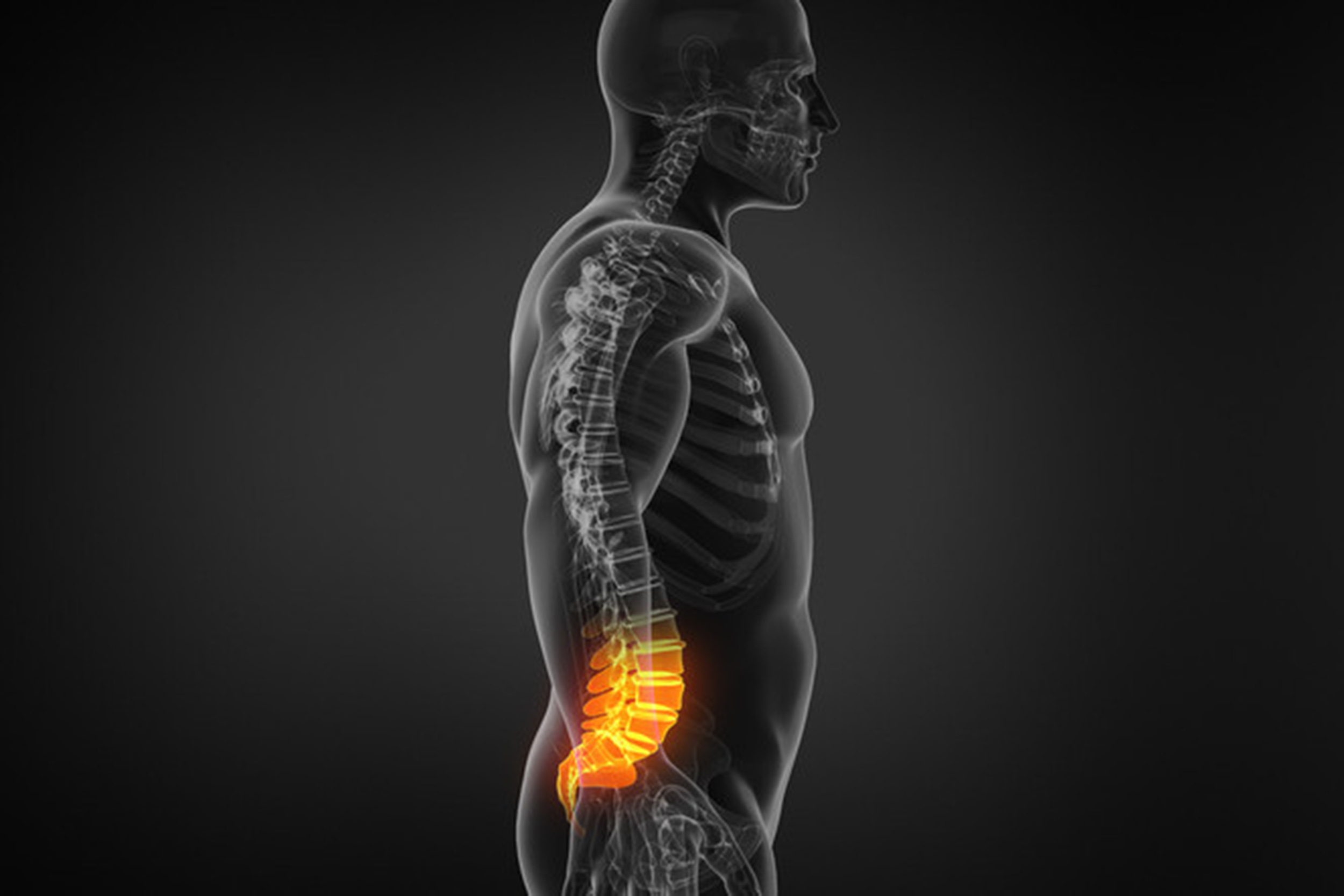
Psychologist for back pain?
Combining physical, behavioral therapy leads to longer-lasting benefits, research says
If you’ve ever struggled with low back pain, you know that it can be surprisingly debilitating, even if the discomfort is short-term. You may find it difficult to grocery shop, do housework, play sports, or even tie your shoelaces. When back pain is chronic, lasting 12 weeks or longer, it can impair quality of life and physical function, and contribute to or worsen stress, anxiety, and depression.
While people dealing with chronic back pain are often directed to physical therapy, research shows that psychological approaches that teach strategies to manage your experience of pain can help. So, would combining these approaches do more to ease the pain? A recent systematic review of multiple studies suggests that it might.
Worldwide, low back pain is a leading cause of disability and affects more than 560 million people. In the U.S., four in 10 people surveyed in 2019 had experienced low back pain within the past three months, according to the Centers for Disease Control and Prevention.
Published in TheBMJ, the review drew on 97 studies of adults experiencing chronic, nonspecific low back pain, with or without leg pain. Using statistical modeling, the researchers compared the effectiveness of therapies aimed at improving:
- Physical function, such as standing, climbing stairs, and managing personal care.
- Fear avoidance, because fear of pain can lead people to avoid movement, which contributes to the cycle of muscle weakening and further pain.
- Pain intensity, measured by pain scores from validated rating scales.
The review revealed that physical therapy plus psychological approaches, such as pain education and cognitive behavioral therapy, more effectively improved chronic low back pain than physical therapy alone. More specifically:
- For improving physical function and fear avoidance, pain education programs in conjunction with physical therapy offered the most sustained effects.
- For improving pain intensity, behavioral therapy combined with physical therapy offered the longest-lasting benefits.
The study shows the advantages of an interdisciplinary approach to chronic low back pain. Integrating behavioral therapy and physical therapy helped people achieve better function, reduce the cycle of avoidant behavior, and reduce the intensity of their pain. In their daily lives, this may lead to more productive workdays and better sleep, as well as enabling people to participate in more social activities, which boosts overall well-being.
Neuroscience has demonstrated that the brain and body are always connected, and pain is a combination of medical, cognitive, emotional, and environmental issues. Strategies to manage pain effectively must address your body and brain by integrating physical and psychological therapies, such as with functional restoration programs and working with a pain psychologist. Gaining a better understanding of pain, and treating all factors contributing to your chronic pain, can be empowering and healing.
This is an excerpt from an article that appears on the Harvard Health Publishing website.





